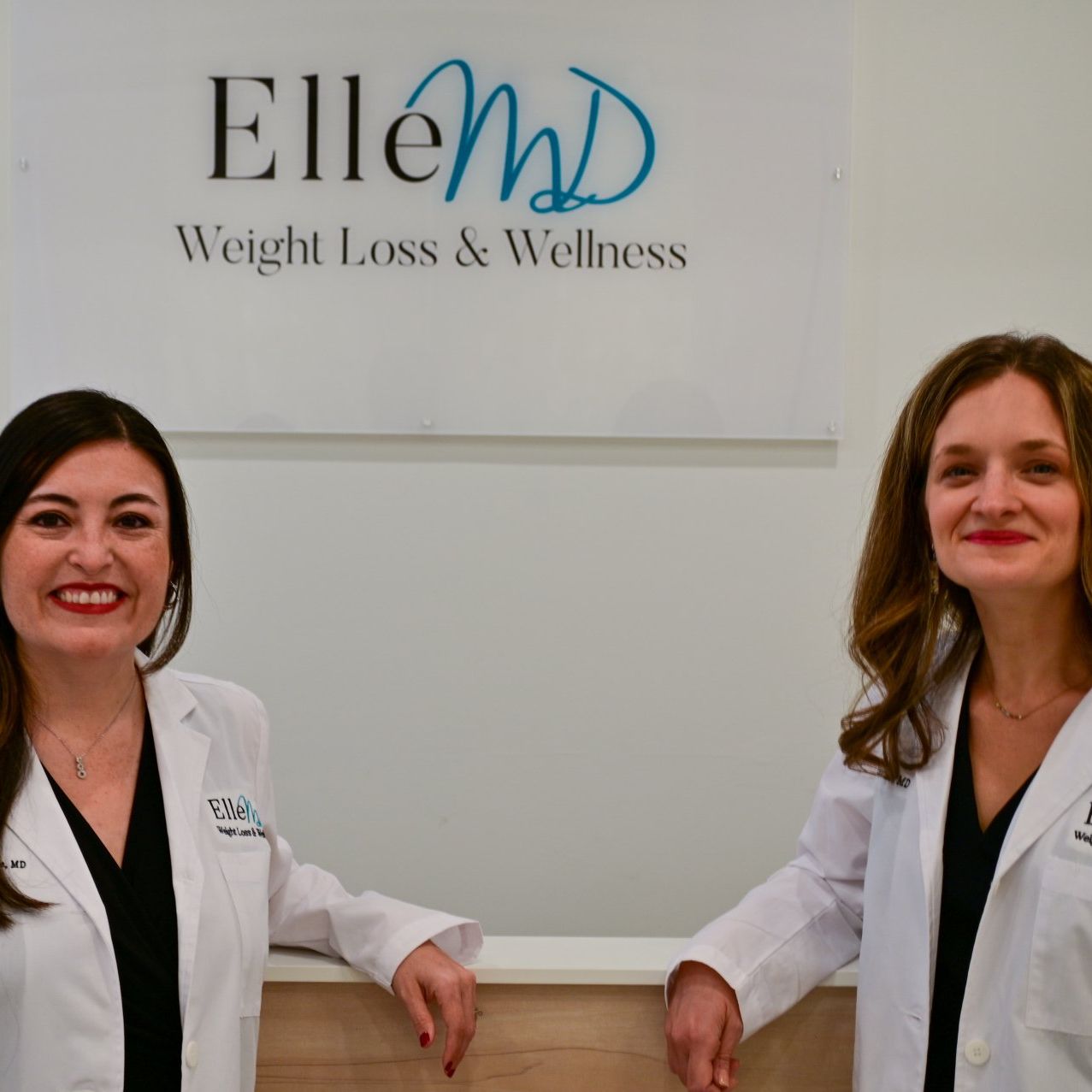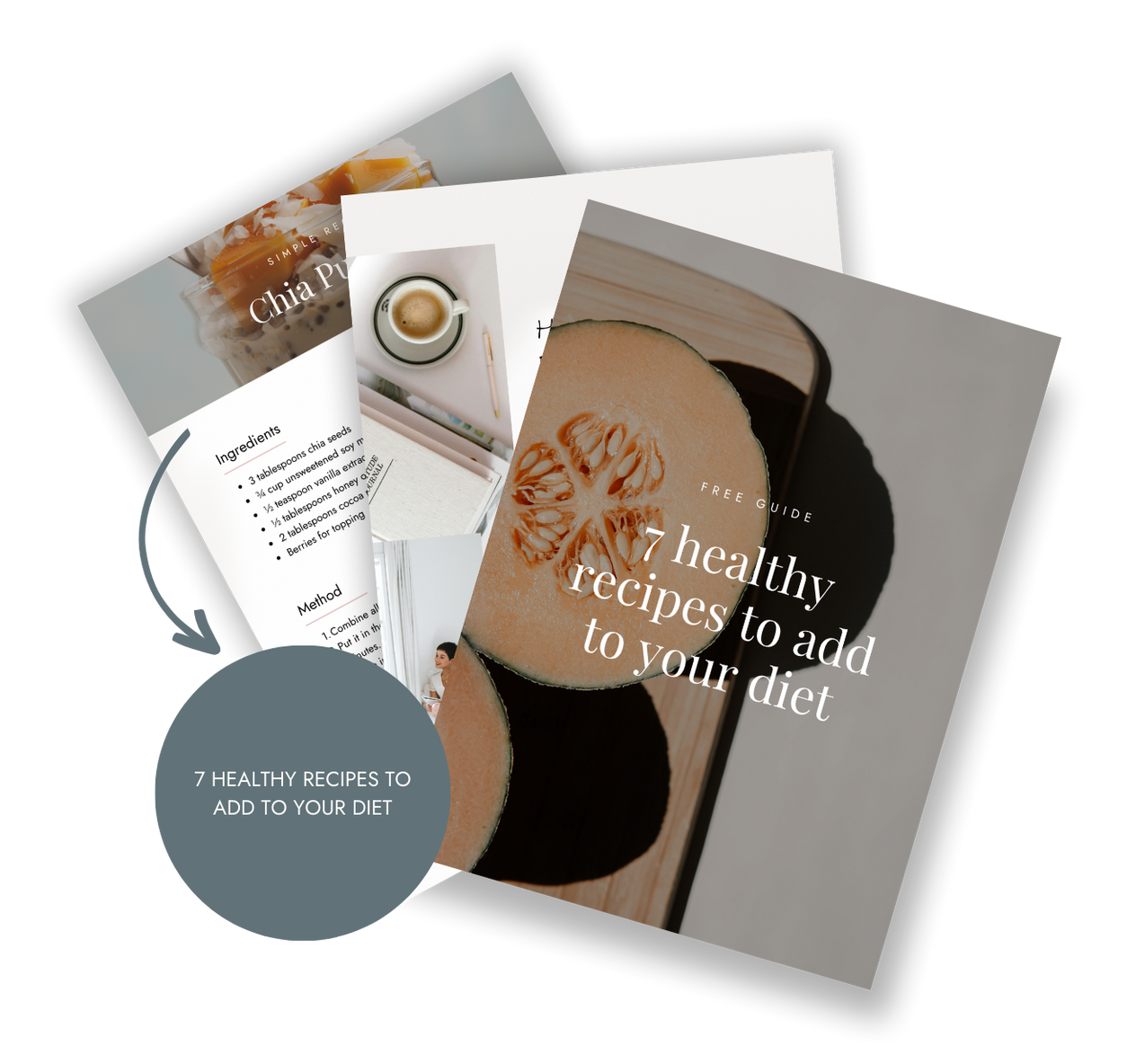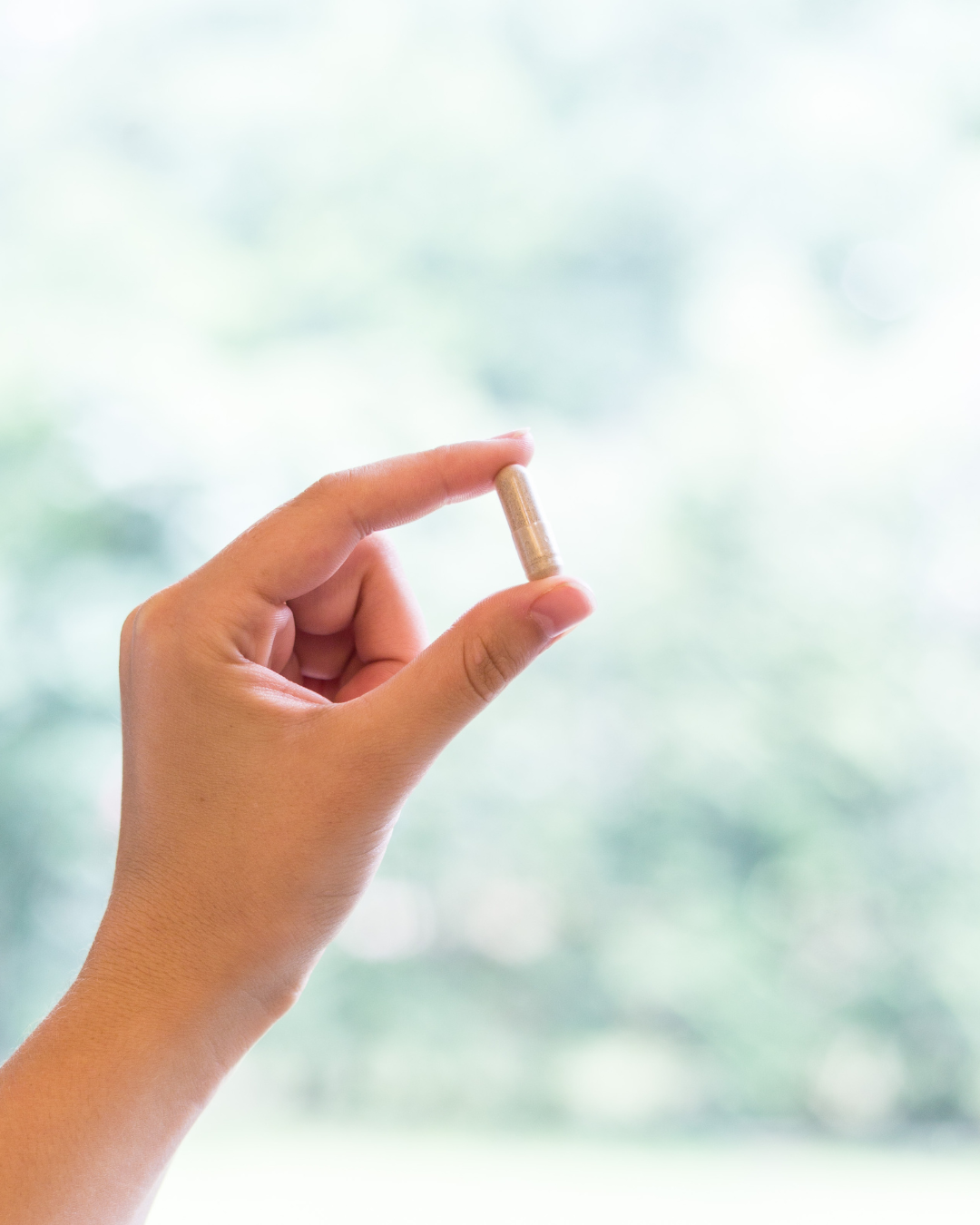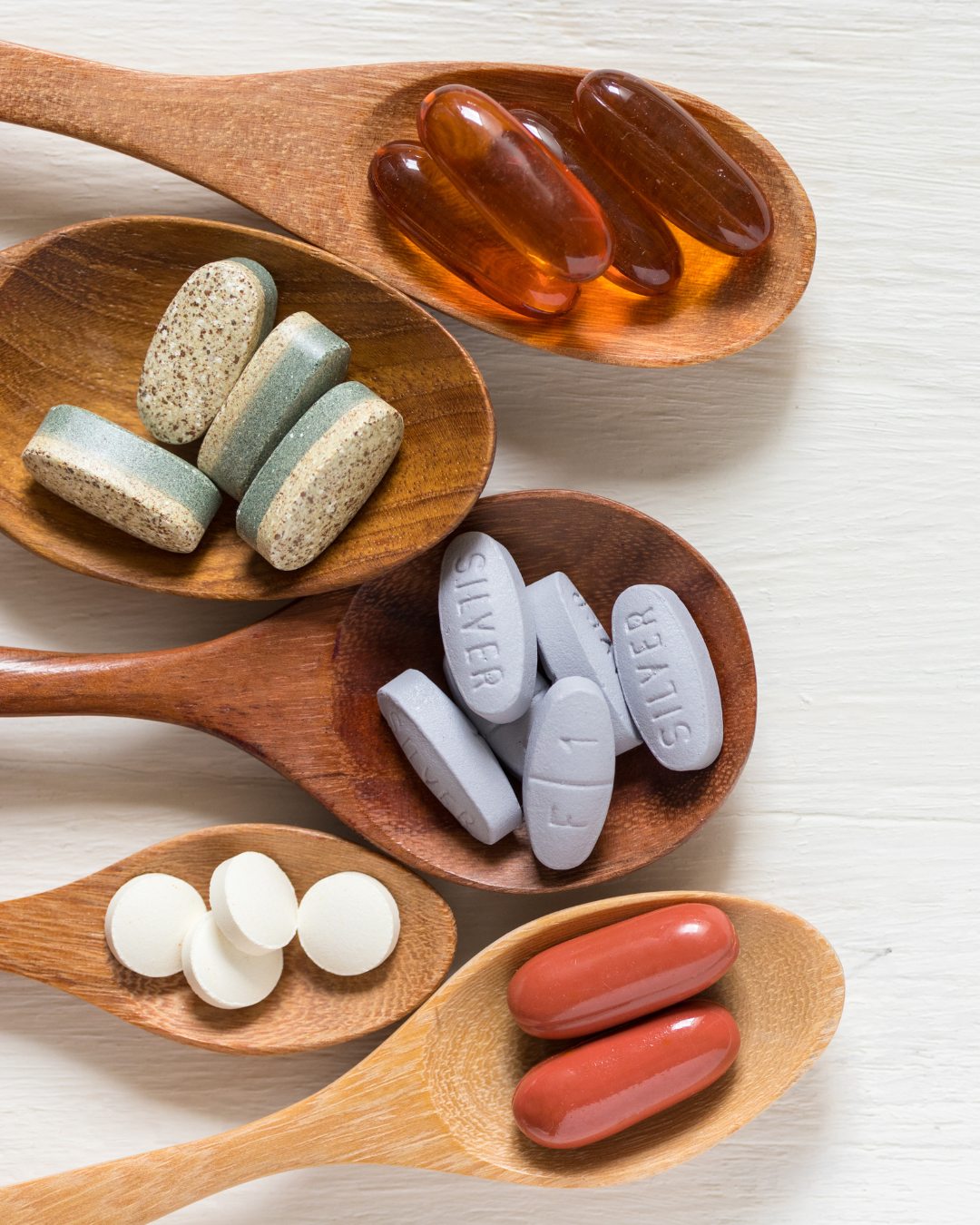Exploring the Magnificent World of Magnesium
Magnesium is a vital mineral, crucial to various physiological functions within the human body.

Over the past few decades, there has been a noticeable decline in the magnesium content of various foods, raising concerns about potential implications for public health. This reduction can be attributed to several interconnected factors. Intensive agricultural practices, including synthetic fertilizers and monoculture cropping, have led to soil degradation and nutrient depletion. As a result, the mineral content, including magnesium, in the soil has diminished, directly affecting the nutrient composition of crops. Additionally, changes in dietary habits, shifting towards highly processed foods often low in magnesium-rich ingredients, have contributed to inadequate magnesium intake.
An adult human body requires at least 310-420 milligrams (mg) of magnesium per day, depending on age and body habitus. Still, nearly half of adults in the United States get less than the recommended daily amount. While magnesium can be found in various food sources and supplements, it is essential to understand that not all forms of magnesium are the same. In this article, we will explore the different forms of magnesium and their unique benefits.
Magnesium in Food:
Dark Leafy Greens:
One of the most reliable sources of magnesium is dark green leafy vegetables such as spinach, kale, and collard greens. These vegetables are packed with vitamins and minerals, including magnesium. For example, half a cup of cooked spinach contains about 78 mg of magnesium.
Nuts and Seeds:
Nuts and seeds are an excellent source of magnesium and other essential nutrients such as healthy fats, fiber, and protein. Some of the magnesium-rich options include Brazil nuts, pumpkin seeds, and cashews. Just ¼ cup of pumpkin seeds contains about 162 mg of magnesium.
Whole Grains:
Whole grains such as quinoa, brown rice, and amaranth are healthy sources of B vitamins, fiber, and magnesium. These grains are a better alternative to refined grains, such as white rice, that are stripped of these essential nutrients. A cup of cooked amaranth can provide around 160mg of magnesium while simultaneously boosting your fiber and protein intake.
Fatty Fish:
Fatty fish such as salmon and mackerel are rich in healthy fats, vitamin D, and magnesium. A 3-ounce serving of salmon contains 26 mg of magnesium, which amounts to about 10% of your daily requirement. Incorporating these fish into your weekly diet can help maintain your magnesium levels and overall health.
Avocado:
Avocado contains abundant nutrients, including magnesium. A ½ cup contains around 22mg of magnesium, making it a great source of this essential mineral.
Magnesium in Supplements:
If you choose to use a magnesium supplement, it is important to use a safe, quality brand. It is also important to select the right form of magnesium as there are numerous formulation as noted below.
Magnesium Oxide:
Magnesium oxide contains more elemental magnesium, making it a popular supplement option. However, its absorption is relatively low compared to other forms, and it is more likely to cause gastrointestinal symptoms, including diarrhea, especially when taken in high doses. Despite its lower absorption rate, magnesium oxide is sometimes used as an antacid to relieve heartburn and acid indigestion.
Magnesium Citrate:
Magnesium citrate is one of the most commonly used types of magnesium. This form of magnesium is widely used to support digestive health and relieve occasional constipation. Additionally, it may help improve kidney stone prevention due to its ability to increase urinary citrate excretion.
Magnesium Glycinate:
Magnesium glycinate is a form of magnesium bound to the amino acid glycine. This combination enhances its absorption and reduces the risk of gastrointestinal disturbances, making it a gentler option for those with sensitive stomachs. Magnesium glycinate is commonly used to promote relaxation, support sleep quality, and help manage stress and anxiety.
Magnesium Malate:
Magnesium malate is a combination of magnesium and malic acid. Malic acid is known for its role in energy production, making this form of magnesium potentially beneficial for those experiencing fatigue and muscle pain.
Magnesium L-Threonate:
Magnesium L-threonate is a newer form of magnesium that has gained attention for its potential ability to cross the blood-brain barrier. As a result, it is believed to aid in memory and learning. However, more research is needed to understand its cognitive benefits fully.
Magnesium Sulfate:
Magnesium sulfate, commonly known as Epsom salt, is a magnesium compound often used in baths for relaxation and muscle soreness relief. It is absorbed through the skin, making it a popular choice for topical application. Epsom salt baths are favored by athletes and individuals seeking muscle relaxation and stress relief.
Magnesium is an essential mineral with a myriad of health benefits, and the form of magnesium you choose can significantly impact its absorption and effectiveness. Each form of magnesium has its unique advantages, catering to various health concerns and individual needs. When selecting a magnesium supplement, it is essential to understand the specific benefits of each form and consult a healthcare professional if necessary. Selecting a high-quality supplement is also extremely important.
References:
- U.S. Department of Health and Human Services, National Institutes of Health, Office of Dietary Supplements. Magnesium. https://ods.od.nih.gov/factsheets/Magnesium-HealthProfessional
- https://fdc.nal.usda.gov/
*AI Disclosure:
This content may contain sections generated with AI with the purpose of providing you with condensed helpful and relevant content, however all personal opinions are 100% human made as well as the blog post structure, outline and key takeaways.
* Affiliate Disclosure: Some of the links on www.elle-md.com may contain affiliate links meaning that we will get a commission for recommending products at no extra cost to you.
*Blog Disclaimer: Please note that reading our blog does not replace any health or medical advice consultation. Read our blog disclaimer here.

Meet the Drs.
Dr. Hendriks and Dr. Castillo MacKenzie are board-certified physicians, female, specialized, with over 10 years of experience.
Elle MD started after practicing in a traditional primary care setting together for over a decade. We grew frustrated with the current healthcare model, which places no emphasis on addressing the root cause of chronic disease. A lot of times, conventional care doesn’t even promote overall wellness!
We founded Elle MD in Royal Oak, MI, with a vision of providing this care in a compassionate and personalized way.
Download your free guide













